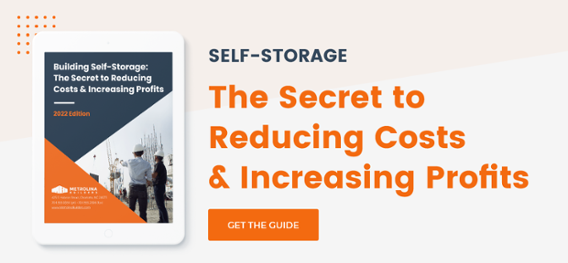When conducting your own market feasibility research, it’s important to remember that not all feasibility studies are created equally. There are — at a minimum — five key data sets you’ll need to analyze. Let’s take a closer look at each of them, as well as how you can obtain and leverage that data when building your next self-storage facility.
Identify existing competition
Identifying the demand for self-storage in a market is impossible without first assessing the current competition. If you’re not working with a feasibility consultant or a quality design-builder, like Metrolina Builders, you might want to turn to tools like MapQuest and Google Earth. This allows you to create radiuses and identify storage centers within the area.
Determine the square footage of each competitor
Next, you’ll need to find the actual size of each competitor's buildings. Sources for determining a competitor’s size can include:
- County Tax Appraisers often have websites that will give a complete description of the improvements along with their square footage.
- Google Earth features a device that permits you to measure each building and calculate square footage.
Calculate competitive rent rates
Your next step is to verify competitive rent rates. Spend a day or two price-shopping at the competition. Call or look at these facilities online to identify their prices and any specials they might be running. Then, create a simple spreadsheet with all of the rates separated by rental unit size, as well as whether the units are non-climate or climate-controlled.
Be sure to check out our portfolio, for a closer look at how the self-storage industry has evolved.
Determining competitive occupancy rates
Next, you must calculate your competition's occupancy rates. While checking their rental rates, you can also try to collect information concerning occupancy. Call or physically swing by the competitors, and try to gather as much information as possible about the available units.
Locating pertinent demographics
The last data you need to complete your feasibility study is found through the aid of national and local demographic services.
Some interesting national statistics include:
- 75% of tenants live or work within 2 miles of the property
- 85% of tenants found the location by driving past it
- Residential tenants have an average lease time of 6-8 months
- Commercial tenants' average lease time is 18 to 24 months
